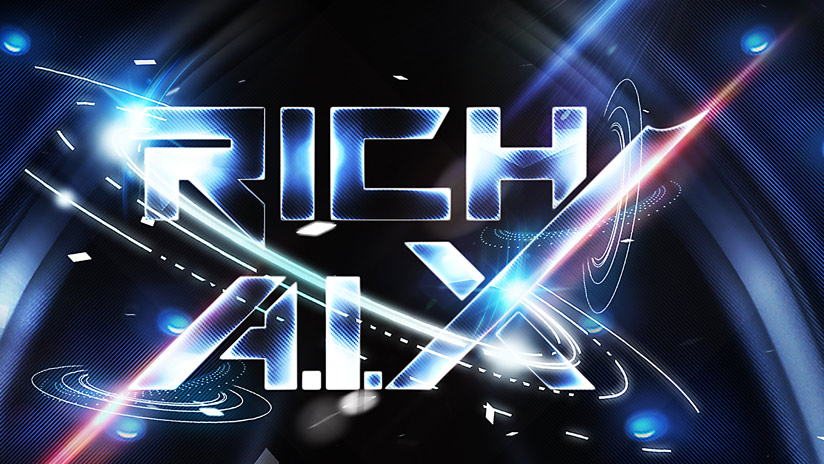In a recently published, roughly 75-page report, British non-profit organization The Royal Society for the Encouragement of Arts (RSA) outlined several scenarios for how the UK labor market will be impacted by frontier technologies such as automation, AI, AVs and more.
The analysis titled “The Four Futures of Work” was conducted in collaboration with design and consulting firm Arup and was spearheaded by the RSA’s “Future Work Centre”, which focuses on the impact of new technologies on work and is backed by law firm Taylor Wessing, the Friends Provident Foundation, Google’s philanthropic arm Google.org and others.
The report is less of a traditional research paper and more of a qualitative, theoretical and abstract exploration of how the world might look depending on how certain technological and sociological variables (immigration, political will, etc.) develop. The authors don’t try to estimate growth paths for new technologies nor do they try to reach a definitive conclusion on what the future of work will look like. The work instead looks to lay out multiple possible outcomes in order to help citizens prepare for transformations in labor and to derive policy recommendations to mitigate externalities in each scenario.
As opposed to traditional quantitative data-based methodologies, research was conducted using “morphological scenario analysis.” The authors’ worked with technologists, industry executives and academic researchers to identify the technological and non-technological uncertainties that will have a critical impact on the future of work, before projecting three (minimal impact, moderate impact, and severe impact) possible scenarios of how each will look by the year 2035. With input from the report’s collaborators, the researchers then chose the four most compelling and sensical scenarios for how the future of work look.
The value of the report depends entirely on how readers intend to use it. If one hopes to gauge market sizes or inform forecasts or is looking for scientific, quantitative research with data — they should not read this. The report is more useful as a way to understand the different ways new technologies may evolve through thought-provoking, fun-yet-probabilistic, and poetic narratives of hypothetical future economic structures and how they might function.
Rather than summarize the four detailed scenarios in the report and all the conclusions discussed, which can be found in the executive summary or full report, here are a few takeaways and the most interesting highlights in our view:
The underwhelming:











